If you’re like me, you’ve probably had enough of those pesky kudzu bugs invading your home. I’m here to tell you that there are steps you can take to get rid of these little critters once and for all. In this article, I’ll provide some tips and tricks on how to get rid of kudzu bugs and keep them from coming back. With a little hard work and dedication, you can banish these bugs from your home for good.
What are Kudzu Bugs?
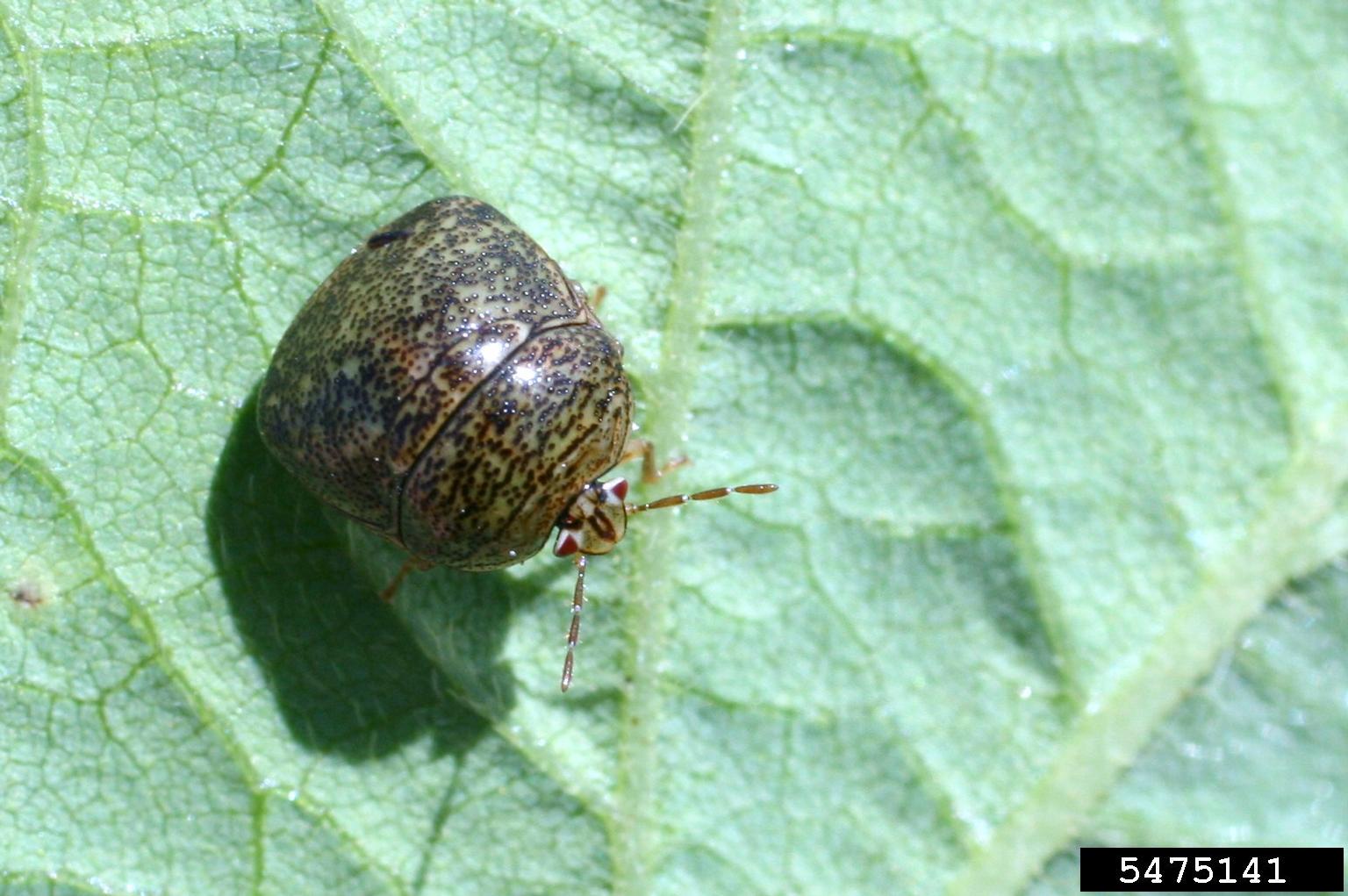
Kudzu bugs are members of the family Plataspidae, commonly known as the ‘stink bug’. They are small, approximately 1/4 to 1/3 of an inch long, and are usually a dark gray or brown color. They are native to Southeast Asia, but have become a major pest in the United States, especially in the Southeast region. They feed on the leaves and stems of kudzu plants, as well as other legumes like soybeans, clover, and cowpeas. Kudzu bugs can reproduce quickly and in large numbers, and have been known to cause significant damage to crops.
Identifying a Kudzu Bug Infestation
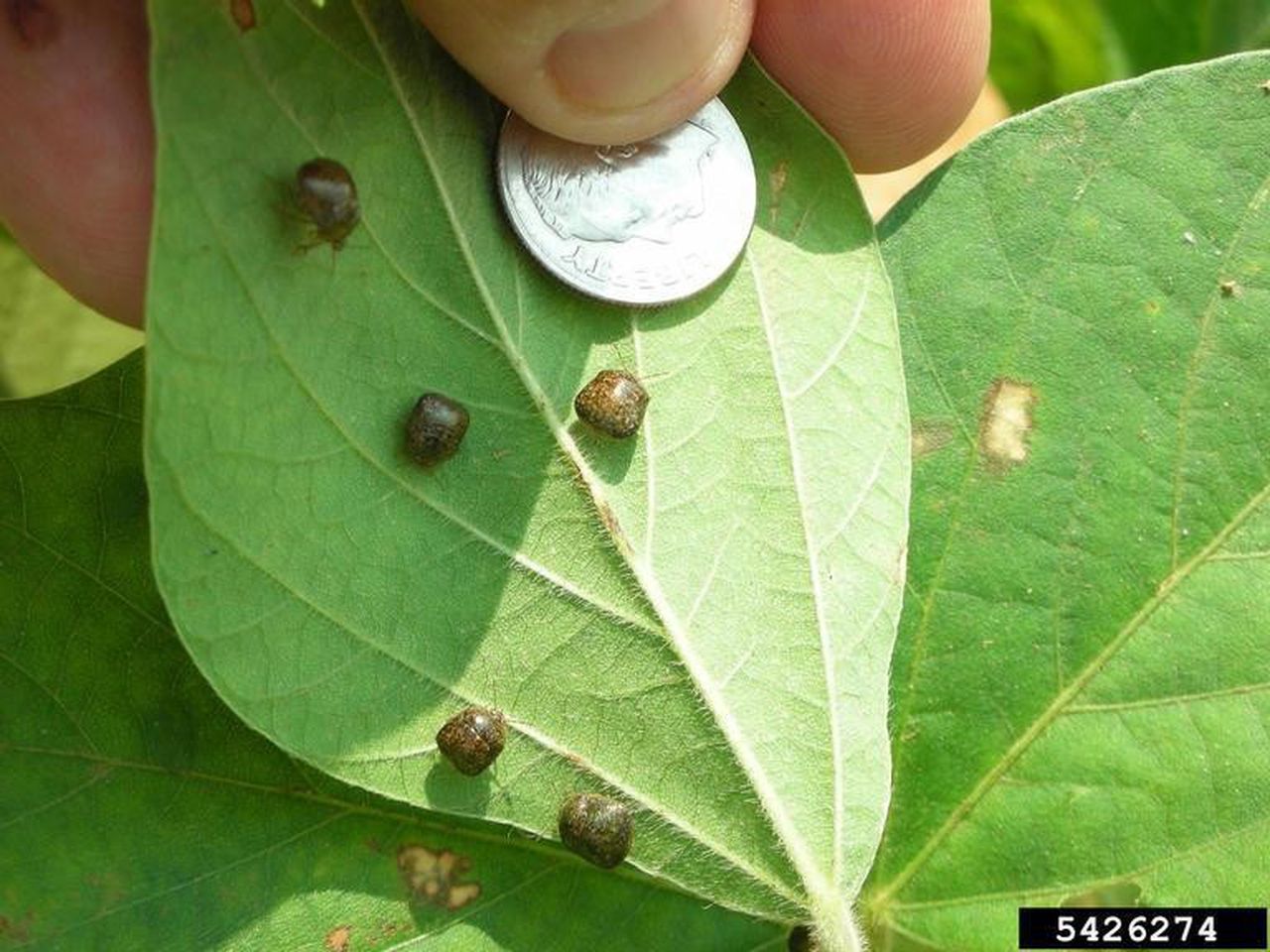
Kudzu bugs are small, brown-black insects with distinctive orange markings. They measure about 3/16 of an inch in length, and often appear in clusters. They are most commonly found in the southeastern United States, but have been known to spread to other parts of the country.
The most common sign of a kudzu bug infestation is the presence of the bugs themselves. Other signs include leaves with yellow spots, wilted shoots, and weakened, stunted growth in plants.
The following table provides a visual aid to help identify a kudzu bug infestation:
| Sign | Description |
|---|---|
| Kudzu bugs | Small, brown-black insects with distinctive orange markings, measuring 3/16 of an inch in length. |
| Leaves with yellow spots | Yellow spots on leaves caused by the bugs feeding on plants. |
| Wilted shoots | Shoots of plants that are wilted and dying due to the bugs feeding on them. |
| Stunted growth | Weak, stunted growth of plants due to the bugs feeding on them. |
If any of these signs are present, it is likely that a kudzu bug infestation is present.
Preventing Kudzu Bugs
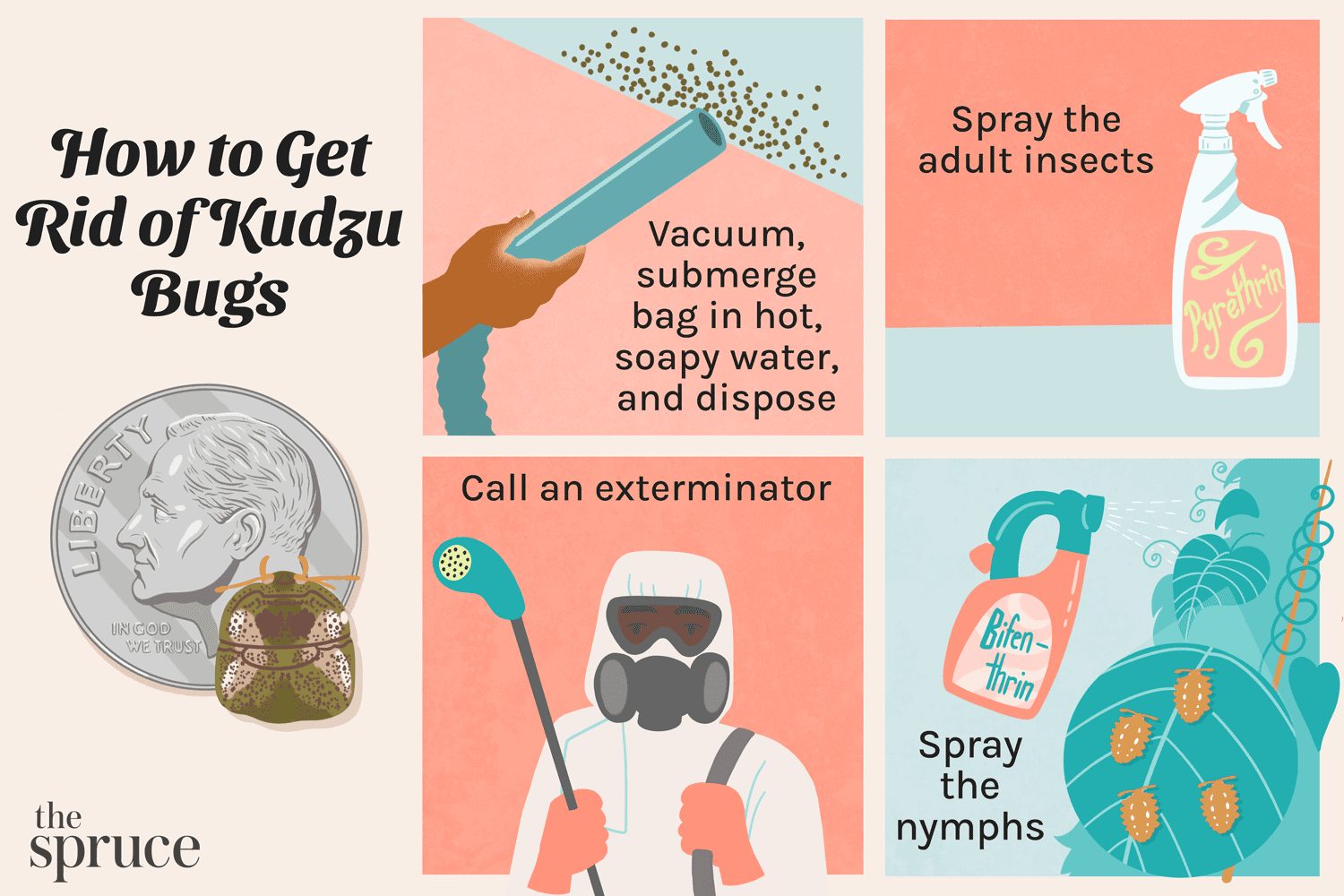
- Check plants before buying them. Kudzu bugs may be hiding in the soil or on the leaves. Avoid buying plants that already have kudzu bugs.
- Keep your yard free of debris. Kudzu bugs love to hide in piles of leaves, grass clippings, and other organic material. Regularly clean up your yard to discourage them from taking up residence.
- Keep vegetation trimmed. Kudzu bugs like to hide in thick vegetation. Trimming back overgrown plants will help keep them away.
- Seal up cracks and openings in your home. Kudzu bugs can enter through small cracks and openings in walls and windows. Make sure to caulk or seal any openings to keep them out.
- Install door sweeps and window screens. Kudzu bugs are small enough to fit through the tiniest of openings. Installing door sweeps and window screens will help keep them out.
- Set up sticky traps. Sticky traps can help you monitor the number of kudzu bugs in your home and yard. Place the traps near windows and doors to catch any kudzu bugs that may be trying to enter your home.
Control Your Kudzu Population

- Mow your kudzu every 4 to 6 weeks, during the growing season, to keep it from spreading.
- Cut the kudzu down to the ground and cover with a plastic sheet or tarp for at least one year to keep light from reaching the kudzu roots.
- Dig up the roots and dispose of them, if possible.
- Apply a herbicide to the kudzu, such as glyphosate, to kill it.
- Check your lawn and garden often for kudzu and treat any new growth as soon as possible.
Keep Kudzu Bugs Out of Your Home

| Tips | Description |
|---|---|
| Seal cracks | Seal all cracks, crevices, and gaps in the walls and foundations of your home. Use a caulking gun to fill in any tiny gaps or holes. |
| Weather stripping | Replace old weather stripping around windows, doors, and air conditioners. Check for any gaps around the frames of these items. |
| Screens | Install mesh insect screens on all windows and doors. Ensure that these screens fit securely and are not torn or damaged. |
| Vents | Cover all vents to your attic, basements, and crawlspaces with insect screens. Make sure that the screens fit securely. |
| Caulk | Caulk around pipes, wires, and other points of entry into your home. Ensure that these points are sealed properly. |
| Traps | Set traps or baits around the perimeter of your home to catch any kudzu bugs that are already inside. These traps can be purchased from most hardware stores. |
Kudzu bugs are small, brown insects that can be a nuisance when they enter your home. To prevent these bugs from entering your home, it is important to take steps to seal any cracks, crevices, and gaps in the walls and foundations of your home.
Weather stripping should be replaced around windows, doors, and air conditioners. Install mesh insect screens on all windows and doors and cover all vents to your attic, basements, and crawlspaces with insect screens. Caulk around pipes, wires, and other points of entry into your home.
If you already have kudzu bugs in your home, set traps or baits around the perimeter of your home to catch any that are inside. These traps can be purchased from most hardware stores.
Avoid Attracting Kudzu Bugs
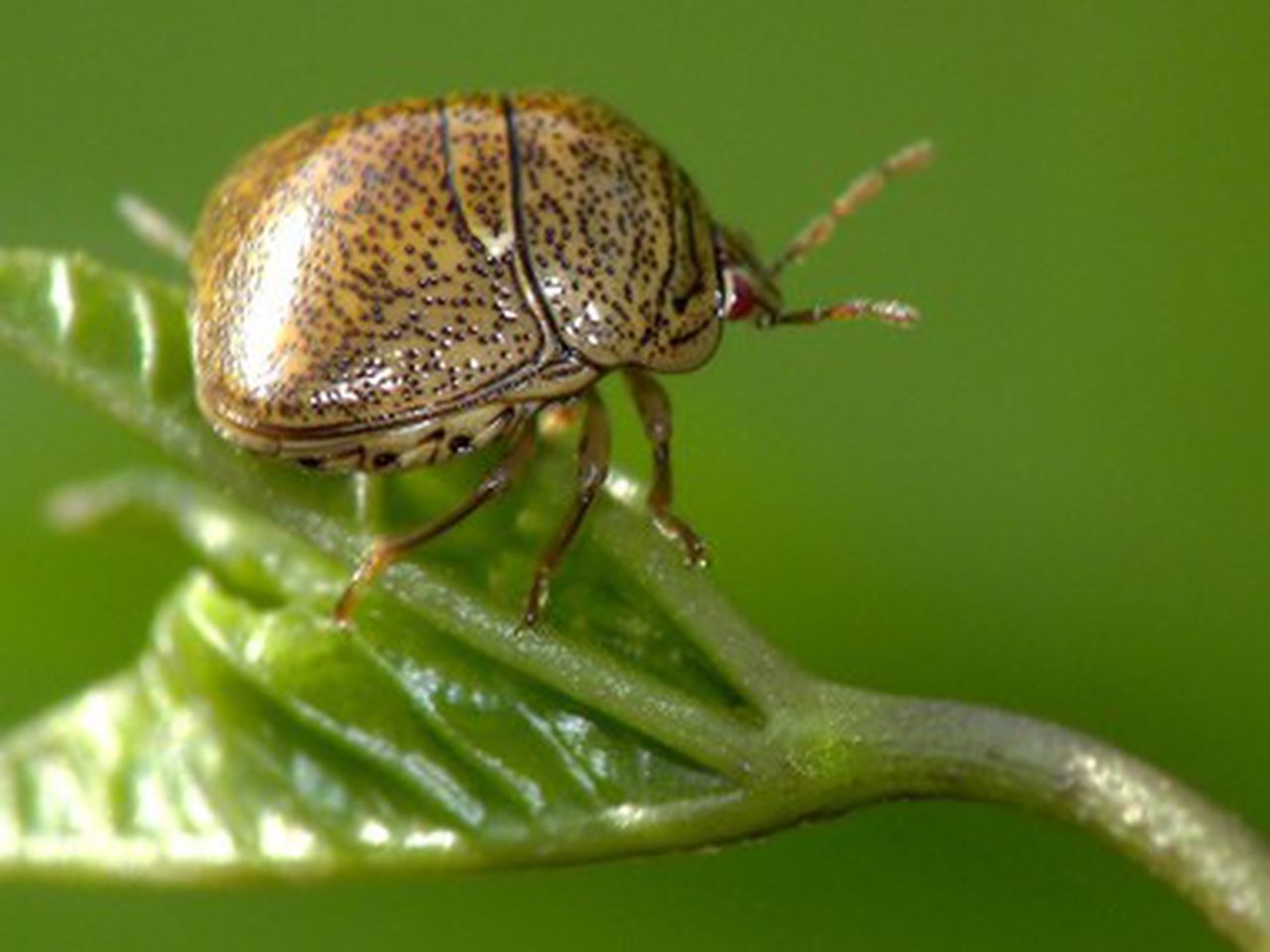
I should take preventive measures to avoid attracting kudzu bugs in the first place. To do this, I need to make sure that my yard and home are not attractive to them. This includes keeping my grass and plants trimmed and weeded, and making sure that any debris piles or wood piles near my home are kept away. Additionally, I should keep the exterior of my home in good repair, so that the bugs do not find any cracks, gaps or crevices to enter. I should also keep my gutters and drains clean and clear of any debris, as this can attract the bugs. Finally, I should make sure to seal any cracks or gaps around my windows, doors and other openings, so that the bugs cannot get inside.
Utilize Natural Repellents

My first step in getting rid of kudzu bugs is to utilize natural repellents. These can be easily found in stores or online and are often made of natural ingredients such as garlic, peppermint oil, and neem oil. Garlic and peppermint oil are both natural insect repellents that can help ward off kudzu bugs. Neem oil is a plant-based oil that works as a natural insecticide and helps to reduce the population of kudzu bugs.
To use these repellents, mix the ingredients together in a spray bottle and apply them to the affected area. Be sure to cover all surfaces of the area, as kudzu bugs can hide in small cracks and crevices. Additionally, reapply the repellent every few days to ensure it remains effective.
| Repellent | Ingredients |
|---|---|
| Garlic | Garlic |
| Peppermint Oil | Peppermint Oil |
| Neem Oil | Neem Oil |
Ways to Get Rid of Kudzu Bugs
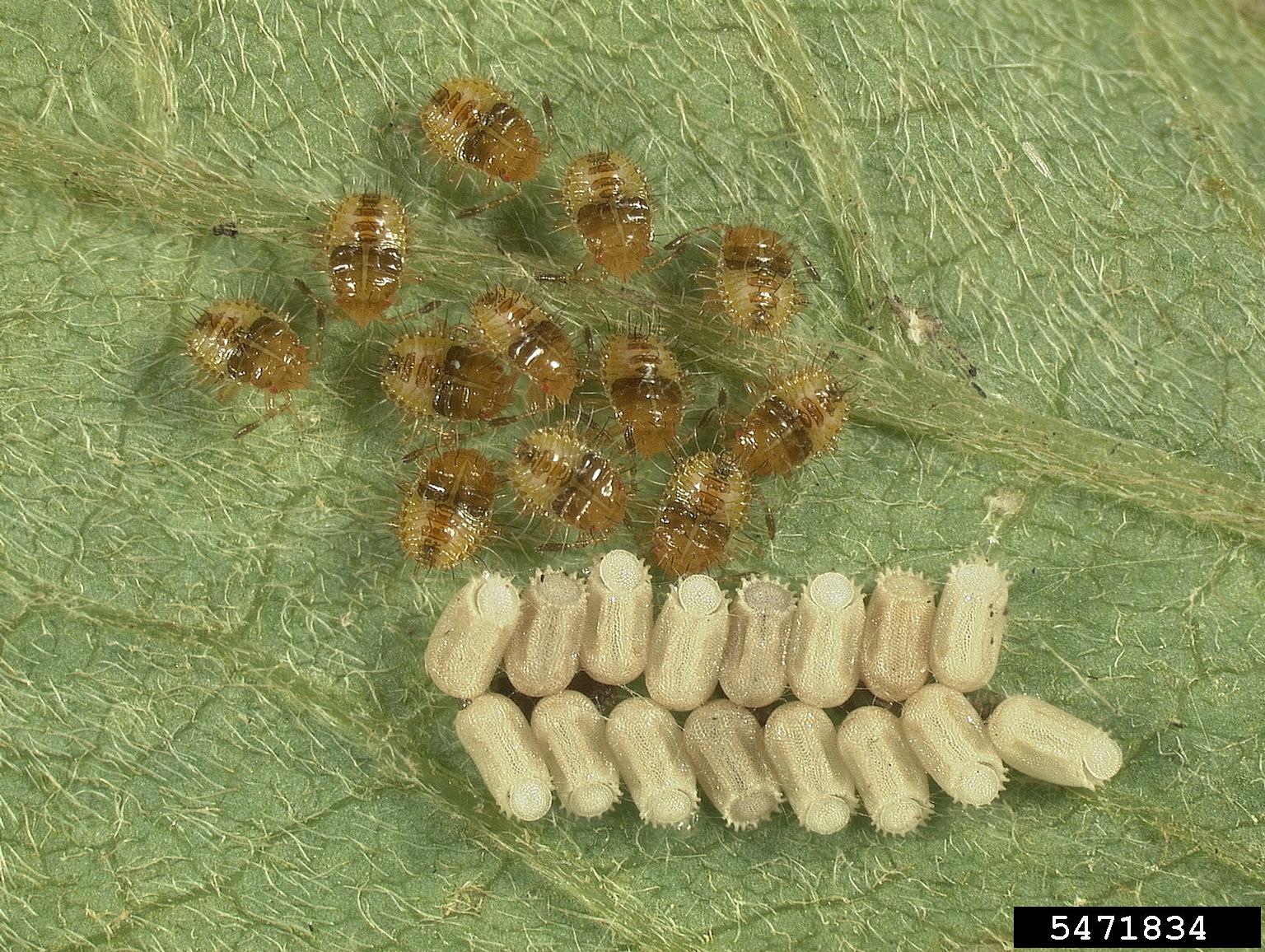
| Method | Description |
|---|---|
| Physical Removal | The most basic and effective way to get rid of kudzu bugs is to remove them physically. This can be done by hand or by using a vacuum cleaner. It is important to wear gloves and a facemask to avoid contact with the bugs. |
| Insecticides | Insecticides such as pyrethrin, permethrin and bifenthrin can be used to kill kudzu bugs. Follow the instructions on the label and be sure to wear protective gear when spraying the insecticides. |
| Plant Repellents | Plant repellents such as neem oil and garlic spray can be used to discourage kudzu bugs from entering your home. These products are generally safe to use and will not harm plants or people. |
| Traps | Traps can be used to catch and remove kudzu bugs from your property. These traps can be baited with food or other attractive substances, and should be checked daily for any bugs that may have been caught. |
Kudzu bugs can be a nuisance, but with the right methods they can be eliminated. Physical removal, insecticides, plant repellents, and traps are all effective ways to get rid of kudzu bugs. Be sure to follow all safety instructions and use the correct products when attempting to control kudzu bugs.
Physical Removal

The most reliable way of getting rid of kudzu bugs is through physical removal. This involves manually removing the bugs from around the house, such as from walls, furniture, and crevices. To do this, I use a vacuum cleaner to suck up the bugs and their eggs. I then take the vacuum outside and empty the contents into a sealed bag which I then discard in the trash. I also use a broom and dustpan to sweep up any bugs and eggs that may have been missed. After this, I spray the affected area with an insecticide to kill any remaining bugs.
Traps

Sticky traps are an effective way to monitor and control kudzu bugs. They should be placed around the perimeter of the affected area, or in areas where the bugs are known to congregate. Place the traps at least 2-3 feet from the walls or vegetation. Check the traps regularly and replace them every few weeks to ensure they remain effective.
| Trap Type | Description |
|---|---|
| Sticky Traps | Made of paper or plastic coated with a sticky substance to trap bugs. |
| Pheromone Traps | Attract kudzu bugs with a synthetic pheromone. |
| Light Traps | Made of light-emitting materials that attract kudzu bugs. |
Pheromone traps and light traps are also available. Pheromone traps work by attracting kudzu bugs with a synthetic pheromone. Light traps are made of light-emitting materials that attract the bugs. Both of these traps should be checked regularly and replaced every few weeks.
Insecticides
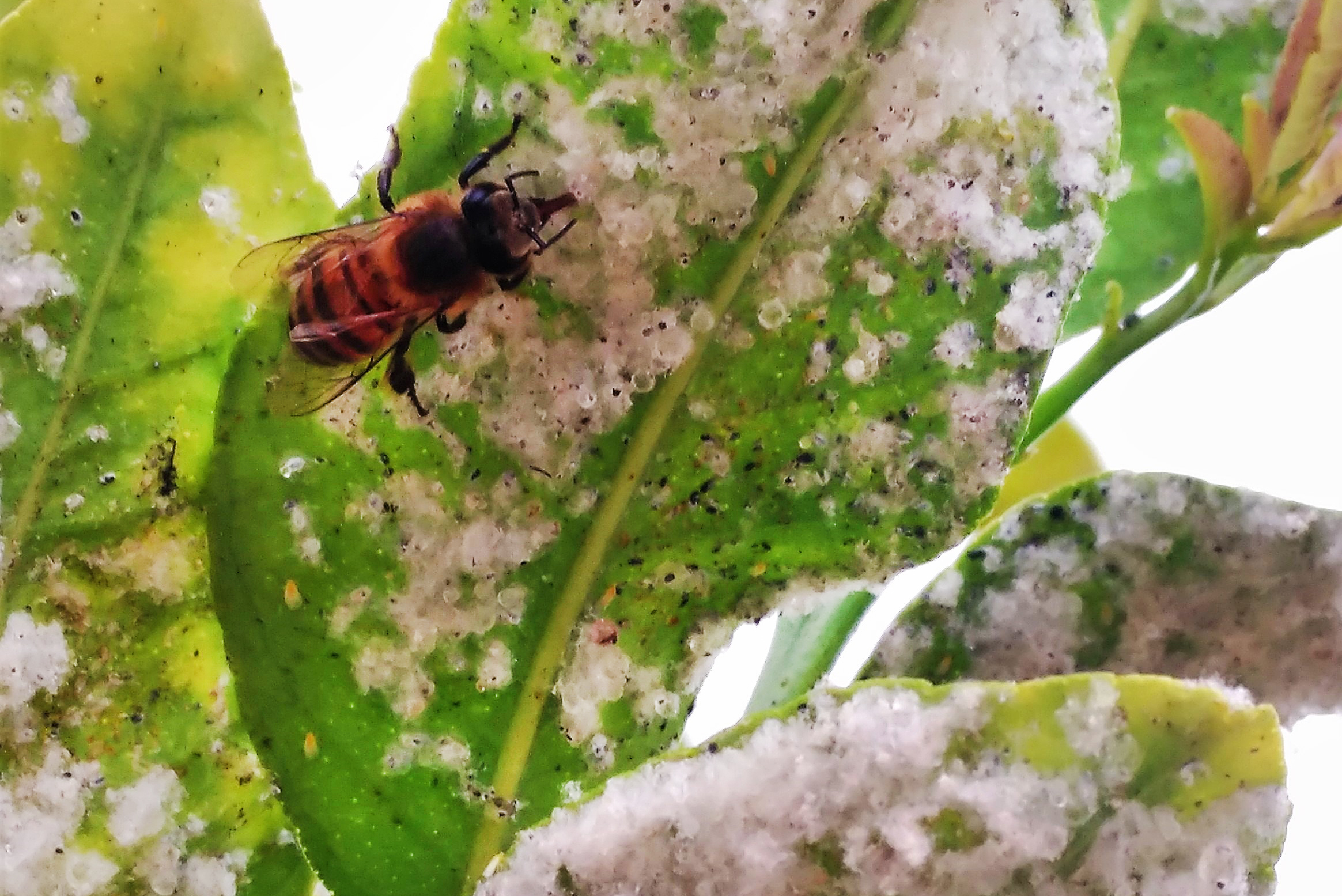
I can use insecticides to help get rid of kudzu bugs. Insecticides can be sprayed onto the kudzu plants in order to kill the bugs. This can be done with a hand sprayer, or with a larger tank sprayer. It’s important to make sure the insecticide is labeled for use on kudzu, as some insecticides can be harmful to the plant. I should also be careful to follow the manufacturer’s instructions when applying the insecticide, as applying too much could be dangerous.
Natural Remedies
- Mix one gallon of white vinegar, one cup of salt and one tablespoon of dishwashing liquid. Pour this mixture into a garden sprayer and apply it to the affected areas.
- Mix one tablespoon of liquid soap with one gallon of water. Then, spray this solution on the affected plants to help get rid of kudzu bugs.
- Sprinkle diatomaceous earth around your plants to help get rid of kudzu bugs. The diatomaceous earth will act as a physical barrier and help to repel the pests.
- Create a natural insecticide by combining one tablespoon of garlic powder, one tablespoon of cayenne pepper and one quart of water. Add a few drops of dish soap and mix it together. Spray the mixture onto the affected plants once a week to help get rid of kudzu bugs.
- Grow plants that are known to repel kudzu bugs. These include marigolds, geraniums, rosemary, lavender and chrysanthemums. Planting these around your garden can help to naturally repel the pests.
Kudzu Bug Control Tips
I have found the best way to control kudzu bugs is to use a combination of cultural, mechanical, and chemical control methods.
First, I recommend keeping affected areas free of weeds and debris. This will reduce the habitat available to kudzu bugs, and make them easier to spot.
Next, I use a vacuum or a shop vac to suck up adult kudzu bugs. I make sure to empty the vacuum or shop vac into a sealed container and discard it away from the infested area.
Finally, I use insecticides to control kudzu bugs. I make sure to follow all safety precautions on the label, and to apply the product in a uniform manner.
I also recommend using insecticidal soap to control kudzu bugs. This soap works by smothering the bugs and preventing them from breathing.
I hope these kudzu bug control tips are helpful in controlling your kudzu bug problem. Good luck!
Frequently Asked Questions
What are Kudzu Bugs?
Kudzu bugs are an invasive species of stink bug native to Asia. They feed on kudzu, and other legumes, and can become a nuisance in gardens and homes. Kudzu bugs have an unpleasant odor when disturbed and can release a defensive secretion that can stain fabrics. They are small, approximately 1/5 of an inch long, and are usually brown or black in color. They tend to congregate in large numbers and are known to swarm.
What are some tips for getting rid of kudzu bugs?
Kudzu bugs can be difficult to get rid of, but there are some effective strategies to help reduce them. First, regularly inspect your home and property for signs of the bugs. Next, seal up any cracks or crevices that might be allowing them to enter the home. Additionally, using a vacuum to remove them from the home is an effective way to reduce their numbers. Finally, using insecticides and bug repellents can help prevent them from entering your home and help reduce their populations.
What are some tricks for banishing bugs from the home?
Keep windows and doors closed to prevent entry of kudzu bugs. Use insecticides and insect repellents to treat the infestation. Regularly vacuum and sweep the home to remove kudzu bugs. Take out the trash regularly to prevent buildup of organic matter that attracts the bugs. Seal off any cracks or crevices that provide entry points for the bugs. Utilize window screens and door sweeps to prevent entry.
How can I prevent kudzu bugs from infesting my home?
To prevent kudzu bugs from infesting your home, keep it clean and vacuum regularly, seal any cracks or crevices around the windows and doors, repair any damaged screens, and keep your home free from food and water sources. Seal any openings in your home’s exterior walls, and be sure to inspect any items brought in from the outdoors for kudzu bugs. Additionally, you can use insecticides, both indoors and outdoors, to help prevent kudzu bug infestations.
Are there any natural methods for getting rid of kudzu bugs?
Natural methods for getting rid of kudzu bugs include using soapy water, diatomaceous earth, neem oil, and pyrethrum-based sprays. Soapy water is a simple and safe way to kill kudzu bugs on contact. Diatomaceous earth is a powder made from the fossilized remains of tiny aquatic organisms and is a natural insecticide when sprinkled on kudzu bugs. Neem oil is derived from the neem tree and can be used as a natural insecticide. Pyrethrum-based sprays derived from the chrysanthemum plant can also be used to kill kudzu bugs.
Conclusion
Kudzu bugs may be small and annoying, but with the right knowledge and prevention techniques, you can keep them from taking over your home. Cleaning up debris and removing potential nesting sites around your property are essential steps to keep them away. If you do find a kudzu bug infestation, contact a professional exterminator for assistance. Keeping your home free from these pests should be a priority, and with the right knowledge, you can protect your home and family from these pesky bugs.






